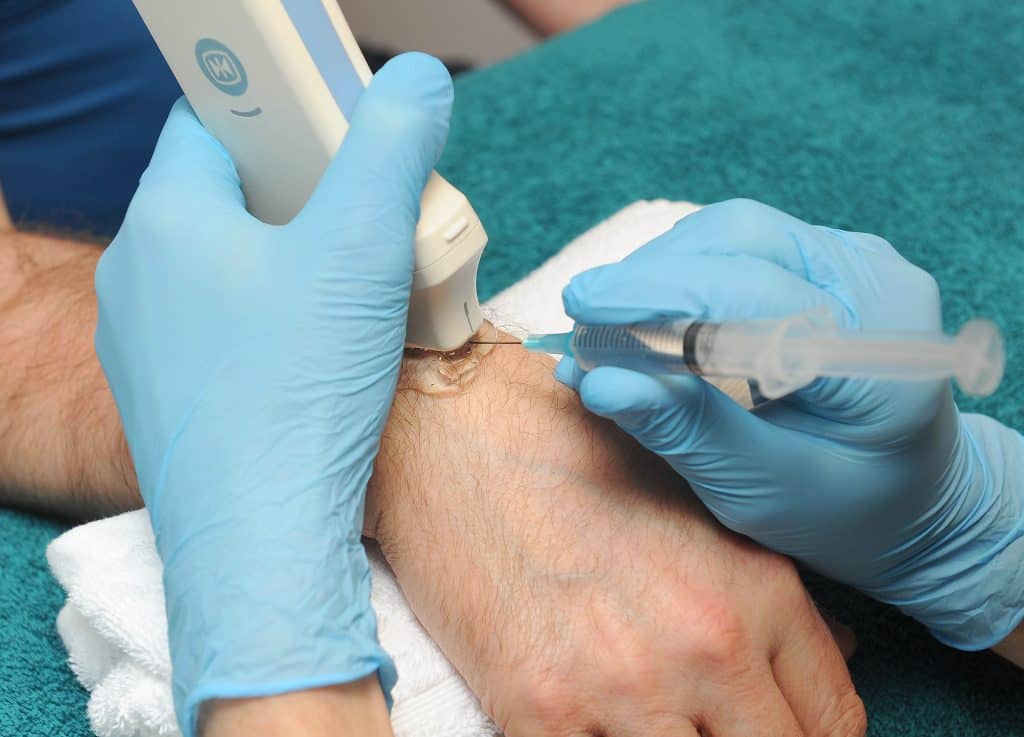Cortisone injections are a go-to solution for stubborn joint inflammation, offering rapid relief for knees, shoulders, hips, and feet. But the golden question remains: how much rest is actually required? The answer isn’t one-size-fits-all—it depends on the injection site, your activity level, and how your body responds.
Why Rest Matters
After a cortisone injection, the injected area needs time to absorb the medication and begin healing. Overusing the joint too soon can disperse the steroid too quickly, reducing its effectiveness and increasing risks like inflammation flare-ups or tissue damage. Most clinicians recommend 24–48 hours of rest post-injection, avoiding high-impact activities to let the medication settle.
Recovery Guidelines by Body Part
Knee Injections
Knees bear significant weight during daily movement, so they demand careful management. Post-injection:
- First 48 hours: Avoid running, squatting, or prolonged standing.
- Day 3 onward: Gradually reintroduce low-impact activities like swimming or cycling.
- High-impact sports: Wait 1–2 weeks, depending on pain levels.
Physical therapy can help rebuild strength safely—consider guided rehab programs to restore mobility.
Shoulder Injections
The shoulder’s complex anatomy requires patience. Post-injection:
- 3–5 days: Skip overhead lifts or throwing motions.
- Rehab phase: Combine rest with gradual strength training to restore mobility faster.
Ultrasound-guided injections ensure precise delivery, minimising tissue irritation.
Hip Injections
Deep hip joints benefit from modified activity:
- First 48 hours: Opt for short walks on flat surfaces.
- Avoid: Hiking, prolonged sitting, or repetitive twisting motions.
Low-impact Pilates focusing on core stability can support recovery without strain.
Foot/Ankle Injections
High-pressure areas need strict rest:
- 48 hours: Avoid standing for long periods; wear supportive footwear.
- Post-rest: Introduce gentle stretches or swimming.
Shockwave therapy, paired with cortisone, can address underlying issues like plantar fasciitis.
The 72-Hour Rule
While mild soreness is normal, sharp pain or swelling after 72 hours could signal a “cortisone flare” (a temporary inflammatory reaction) or infection. Ice and elevation may help, but persistent symptoms warrant immediate medical attention.
Smart Return to Exercise
- Day 1–2: Rest the area; use ice packs to manage swelling.
- Day 3–7: Low-impact cardio (e.g., stationary bike, yoga).
- Week 2: Light resistance training with expert guidance.
- Beyond: Gradually reintroduce sport-specific movements.
Rushing back into intense workouts risks tendon weakening or reinjury—patience pays off.
Risks of Ignoring Rest
Exercising too soon can lead to:
- Increased pain/swelling at the injection site.
- Reduced medication effectiveness.
- Rare complications like tissue damage or infection.
Your Next Step
Clinicians often create tailored recovery plans that balance rest with purposeful movement. Whether you’re rehabbing a knee or managing chronic hip pain, working with professionals ensures you maximise your injection’s benefits safely.
Always consult a healthcare professional before resuming activities post-injection. Recovery timelines vary based on individual health and injury severity.











